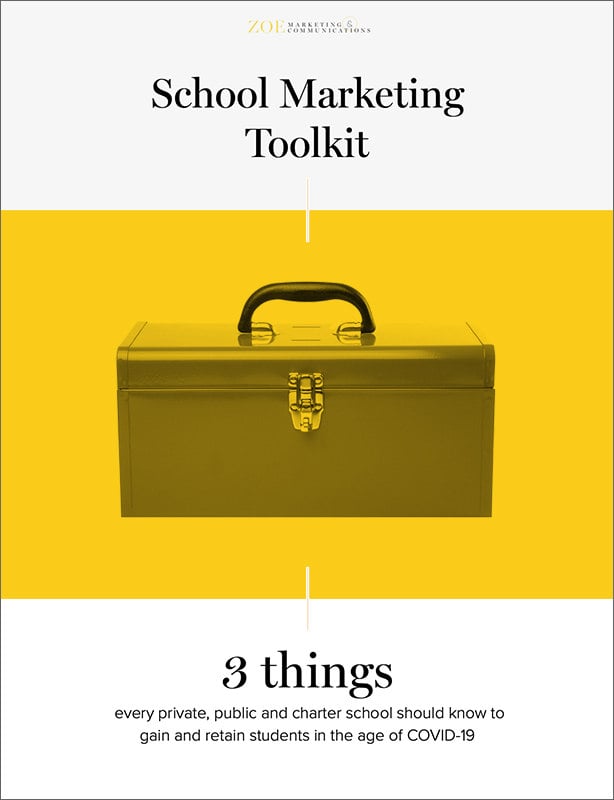Search for topics or resources
Enter your search below and hit enter or click the search icon.

If you’re considering sponsored content with a media partner for your school, you want parents to “step inside,” see their child there and connect with your school’s story.
But how do you create content that builds trust and sets you apart?
Zoe Marketing & Communications understands school marketing, and our team of experienced writers with journalism backgrounds knows what makes a story resonate.
Here, we’ll share six tips to help you create strong sponsored content that feels personal, authentic and effective.
A child’s school is a deeply personal decision. Parents want to find the right fit, whether they’re starting fresh or switching schools.
Your content should reflect that.
The goal is to attract engaged, mission-aligned families.
A photo is the first thing people see, and it sets the tone.
Even if a professional isn’t an option, you can take great smartphone images. A few more tips:
Of course, only use marketing-approved images with signed media releases for kids.
School choice is a big decision. Parents want reassurance before committing.
Parents want their kids to succeed but don’t think in “educational buzzwords.” For instance:
Make your content feel like a conversation, not an academic report.
School sparks emotions. Parents often reflect on their own experiences when choosing for their child.
Help them see how your school is different (and perhaps better) from what they knew. Highlight:
Parents don’t choose schools based on test scores alone. They care about:
Let teachers and parents tell the story. A heartfelt parent testimonial or a teacher’s perspective on student growth is far more powerful than an admin listing curriculum details.
School marketing is personal. You need emotional connections, strong visuals, long-term campaigns and jargon-free, relatable content.
If you want expertly crafted school stories, talk to Zoe Marketing & Communications. Our team helps schools like yours connect with local families.
Still exploring your options? Check out:
As Zoe Marketing & Communications’ content manager, Kim Kovelle brings over 20 years of writing and editing experience in metro Detroit. She has strong roots in community journalism and a knack for making complicated topics make more sense.
Topics:

